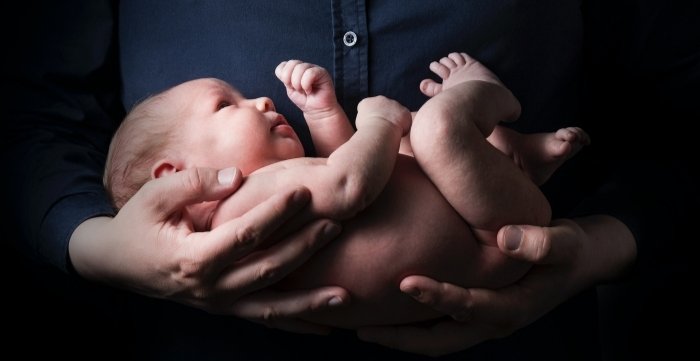
There are certain ways your child can experience birth trauma, and each type can manifest differently. Although birth trauma can be an incredibly challenging reality to face, acceptance is important.
Acceptance can allow you to promptly recognize the signs of birth trauma and take the necessary measures. If you’re willing to learn more about the various ways to detect birth trauma, keep reading below.
Cephalohematoma
A newborn cephalohematoma is one of the most common birth injuries a baby might face. Depending on the intensity, you can see symptoms immediately after birth or some weeks later. In most cases, you can physically determine the damage from a cephalohematoma on the baby’s head. Either has a raised bulge or a pooling of blood under the skin.
Cephalohematomas can occur due to various reasons, some preventable and some entirely non-preventable. In some cases, cephalohematomas arise due to the baby’s size or if the mother has narrow pelvic bones. However, they can also occur due to the doctor’s negligence.
Negligence-related cephalohematomas are likelier in cases of assisted delivery, where doctors use forceps or vacuums to pull out the baby. Medical professionals are trained to reduce the chances of injury to the baby and monitor them after birth. However, in cases where the doctor fails to follow protocol, heading to a Birth Injury Justice Center is crucial to ensure the doctor is held accountable.
Cerebral Palsy
Cerebral palsy is yet another common condition caused due to birth injury. The baby is incredibly vulnerable during the birthing period as it enters conditions entirely different from the mother’s womb. The baby’s body suddenly needs to provide for itself and protect itself from all sorts of diseases. One of the biggest threats the baby often faces during the birthing process is oxygen deprivation which can cause cerebral palsy.
Nonetheless, depending on the extent of brain damage, the symptoms can be mild or severe. In some cases, cerebral palsy can cause your child to have a floppy or stiff appearance. As time progresses, the symptoms can include bad coordination, jerky movements, abnormal posture, and exaggerated movements. Additionally, cerebral palsy can cause vision and hearing-related problems and seizures. Moreover, if your child is late in reaching developmental milestones, you may need to head to a doctor. If handled promptly, you can limit the effect cerebral palsy has on your child’s life.
Brain Damage
Brain damage can occur for several reasons during birth and can vary in intensity. Infant asphyxiation is one of the most common causes of brain damage, and premature babies have a much higher risk of oxygen deprivation.
Oxygen deprivation may occur due to a lack of maternal oxygen, placental abruption, or fetal distress. It can also be due to birth complications, such as hypoxia.
Depending on the severity, you can see brain damage symptoms immediately after birth or in the proceeding weeks. The spinal cord can be malformed in extreme cases, and the baby may have a stiff neck and distorted facial features. Babies with brain damage can also be much fussier than usual and show signs of discomfort. With age, babies with brain damage may show delays in development and can experience issues behaviorally. Spotting the signs of brain damage is important to ensure your child gets the best care immediately.
Nerve Injury
Nerve injury is another common issue that babies with complicated births can face. In particular, babies born prematurely or in a difficult position have a greater risk of nerve injury. The brachial plexus nerve is the nerve most commonly damaged in complicated births. It can cause paralysis in one arm limited or jerky movements.
Erb’s palsy is one of the most common conditions due to nerve injury. This condition is characterized by paralysis or limpness, especially below the elbow. In milder cases, you may notice a curled hand, and your child may experience numbness or tingling continuously. The most worrying form of Erb’s Palsy occurs when the nerve rips away entirely from the spinal cord. This damage is often irreversible. Other forms include the nerve being stretched or torn but healing and leaving behind scar tissue.
Conclusion
As a parent, there is immense responsibility on our shoulders to provide and care for our kids even when it’s difficult. Facing the prospect of a birth injury can be challenging, but staying prepared can help you look out for your child. Keeping an eye out for the telltale symptoms mentioned above can help you spot a birth injury before symptoms get worse.